The Tri-C Club of Cuba, Missouri, part of a national women’s group, is known for its community efforts to make Cuba a better place. They host the Survivor Tent during the Relay for Life, sponsor the Senior Tea for Cuba’s senior girls, organize the Cuba Fest, and perform many other community service projects. One of their annual events involves apples—lot of apples. The result is some of the best homemade apple butter that you will taste.
In 1984, the Stubblefield family made the apple butter at the annual arts festival, which has become known as Cuba Fest. The Tri-C organization thought it would be a great project for the club, and the Stubblefield family graciously gave the Tri-C organization their valuable recipe, so in 1985, the annual Tri-C fundraiser of making and selling apple butter began.
Recently, the Tri-C women got together at the Methodist Church to prepare batches of apples for what one of their members called their “funraiser” because they laugh so much while they do it. If laughter and the ability to talk while working add to the taste, this is some great tasting apple butter.
Originally, the Stubblefield family always bought 4 bushels of Jonathan apples. They peeled, cored, cooked, and ran them through a foley mill to make the sauce. Then they put the sauce in a copper kettle and brought it to a boil. When it boiled, they added 10 pounds of sugar for every bushel. They cooked it for five hours or until all the extra moisture was out. They tested it by putting some on a spoon and letting it cool. If it stayed in a peak and there was no moisture around the edges, it was ready to can. That is when you have to hurry, hurry, hurry, so that all the jars seal.
Tri-C has modernized the process a little by using what they call their new fangled Squeezo instead of the foley mill. It is still labor intensive, but you put the cooked apples in the top (with peels and core on), turn the handle, and the sauce comes out one side and the peels another. Sounds like apple butter magic to me. They also use less sugar, about 25-30 pounds per four bushels.They use 12 bushels of apples from Happy Apples in Washington, Missouri and get 40-45 quarts per bushel. The secret combination of spices still provides that distinctive Stubblefield apple butter flavor.
These photos show the club processing the apples into sauce at the Methodist Church. Then the sauce was refrigerated. At another session, they met at Wallace House and cooked the apple sauce outside over an open fire in the copper kettle to make the apple butter. When it was cooked to perfection, they rushed it inside for the canning assembly line.
They only sell pints and half pints now. Pints are $8.00 and half pints are $6.00, and it is a sell out production.
According to Tri-C member Judy Workman, “There is always a lot of laughter and good times together during the apple butter making. It is well worth the work.”
During Cuba Fest on Saturday October 20, they will be cooking a batch outside in that old copper kettle using the long handled wooden paddle to stir it with. They might even give you a turn stirring if you ask nicely.
If you want some of that famous Stubblefield apple butter, show up on Smith Street on October 20-21, 2012 to purchase a jar. Follow the wood smoke to the copper kettle.

In the early 1900s, “Apples were king,” in Cuba and a force in the economy. Today, apples are still part of our history with the making of the Tri-C apple butter.




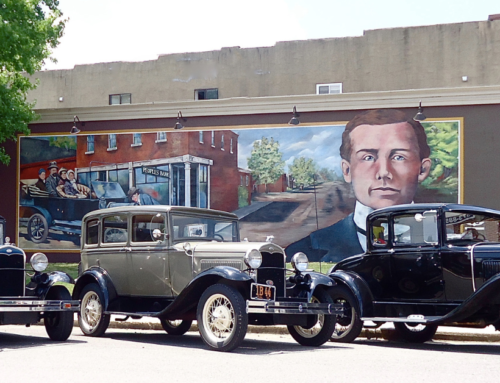

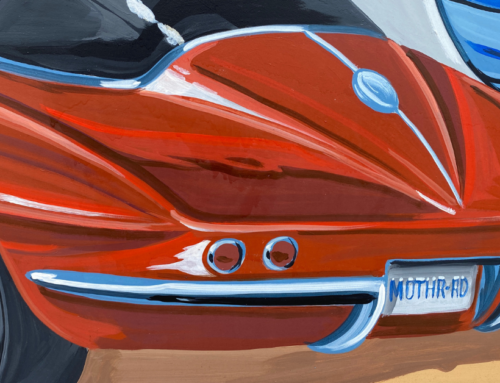
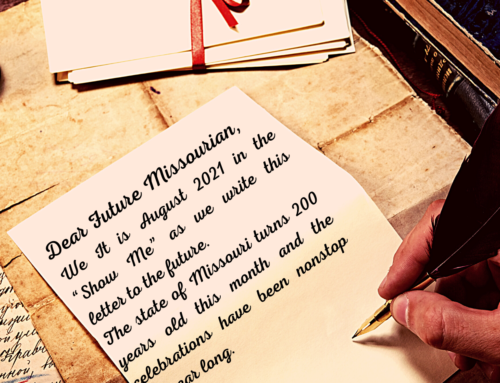
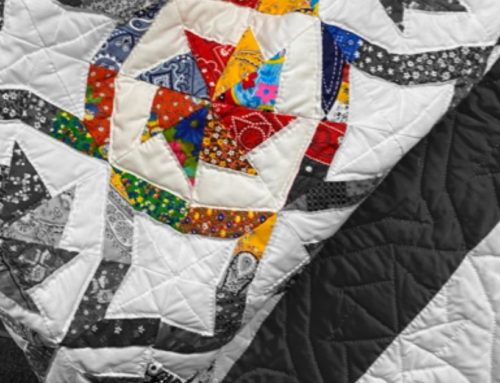
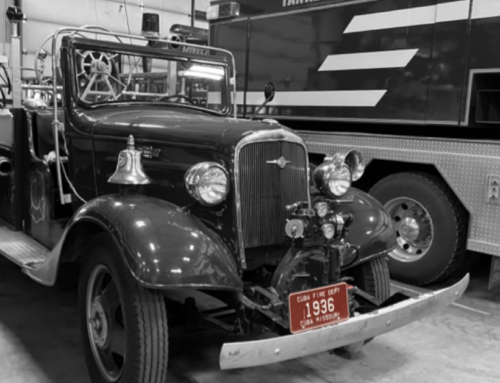
Leave A Comment